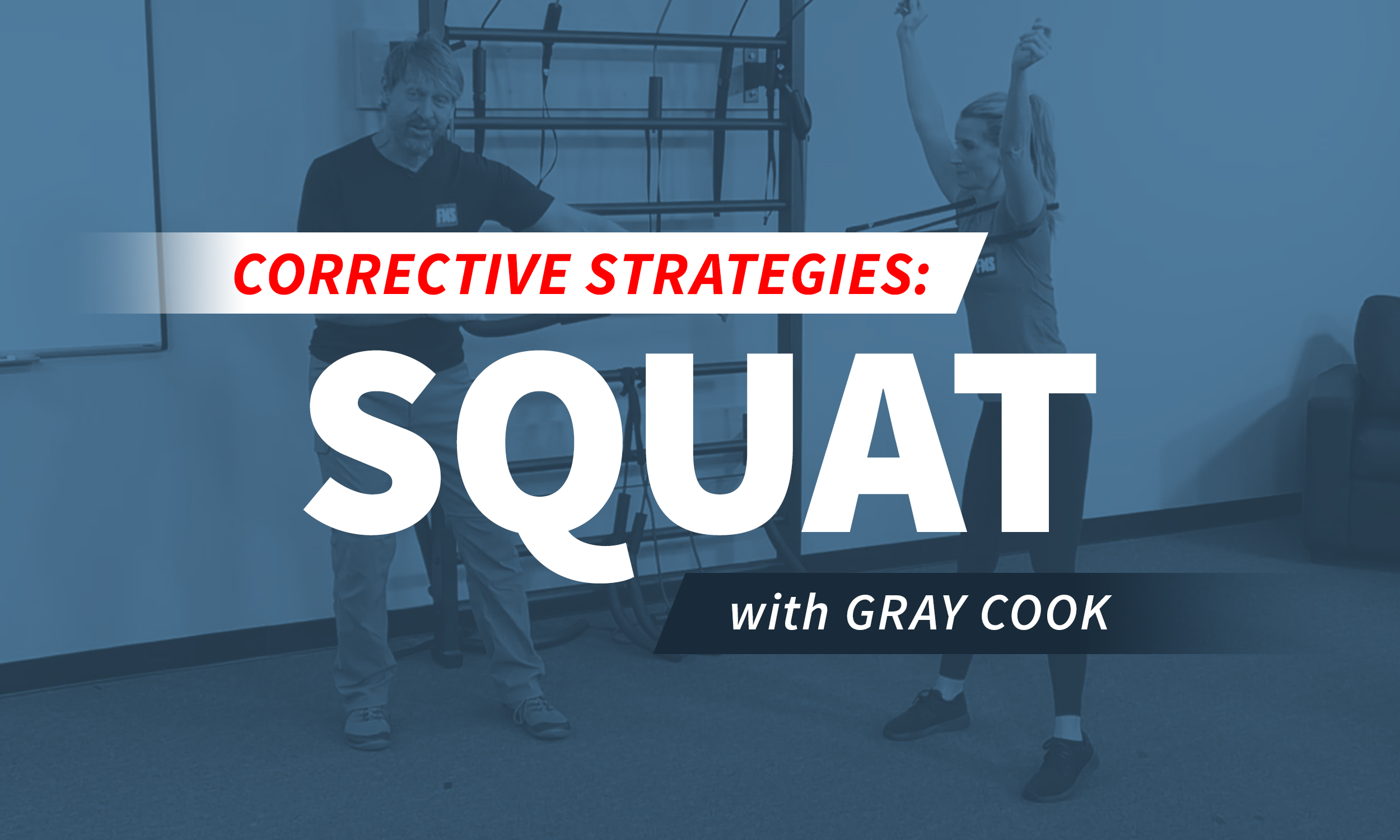
Description
Protect the Pattern. Restore the Squat.
Plain and simple, there’s no good reason to lose your squat pattern. Outside of acute injury, this vital developmental milestone is most often lost through overuse—like repetitive running—or from inactivity. Because of its importance, FMS assesses the squat for pain and screens it for dysfunction, looking at how each joint contributes in extreme positions, where asymmetries exist, and whether the core can support both upper and lower body mobility.
In this course, Gray Cook takes you step by step through his squat exercise progression, unpacking the pattern from the ground up. Beginning with rolling, you’ll progress through tall-kneeling and half-kneeling reaches and turns, RNT challenge drills, and ultimately Gray’s unique approach to the overhead squat. Along the way, you’ll address common tone and tissue concerns—particularly posterior chain tightness and asymmetrical weight bearing.
The FMS philosophy is clear: correct other patterns first, then recheck their impact on the squat. Conditioning should always support strength and reactivity in the squat—but it should never take this essential pattern away.
Leave with the Ability to:
- Recognize why the squat pattern matters — understand its role as a fundamental developmental milestone and why it should never be
- Apply a squat exercise progression — use rolling, kneeling, RNT drills, and overhead variations to restore mobility and stability.
- Address tone and tissue issues — target common problems like posterior chain tightness and asymmetrical weight bearing.
- Integrate the FMS philosophy — correct other patterns first, then recheck their influence on the squat for long-term improvement.
Sneak Peek of This Course!
Get the Complete Corrective Strategies Series!
Access the full Corrective Strategies Series with our bundle option! This collection explores the FMS approach to identifying and correcting movement dysfunctions across key patterns, including Hip Hinge, Upper Body, Rotation, and Balance.
